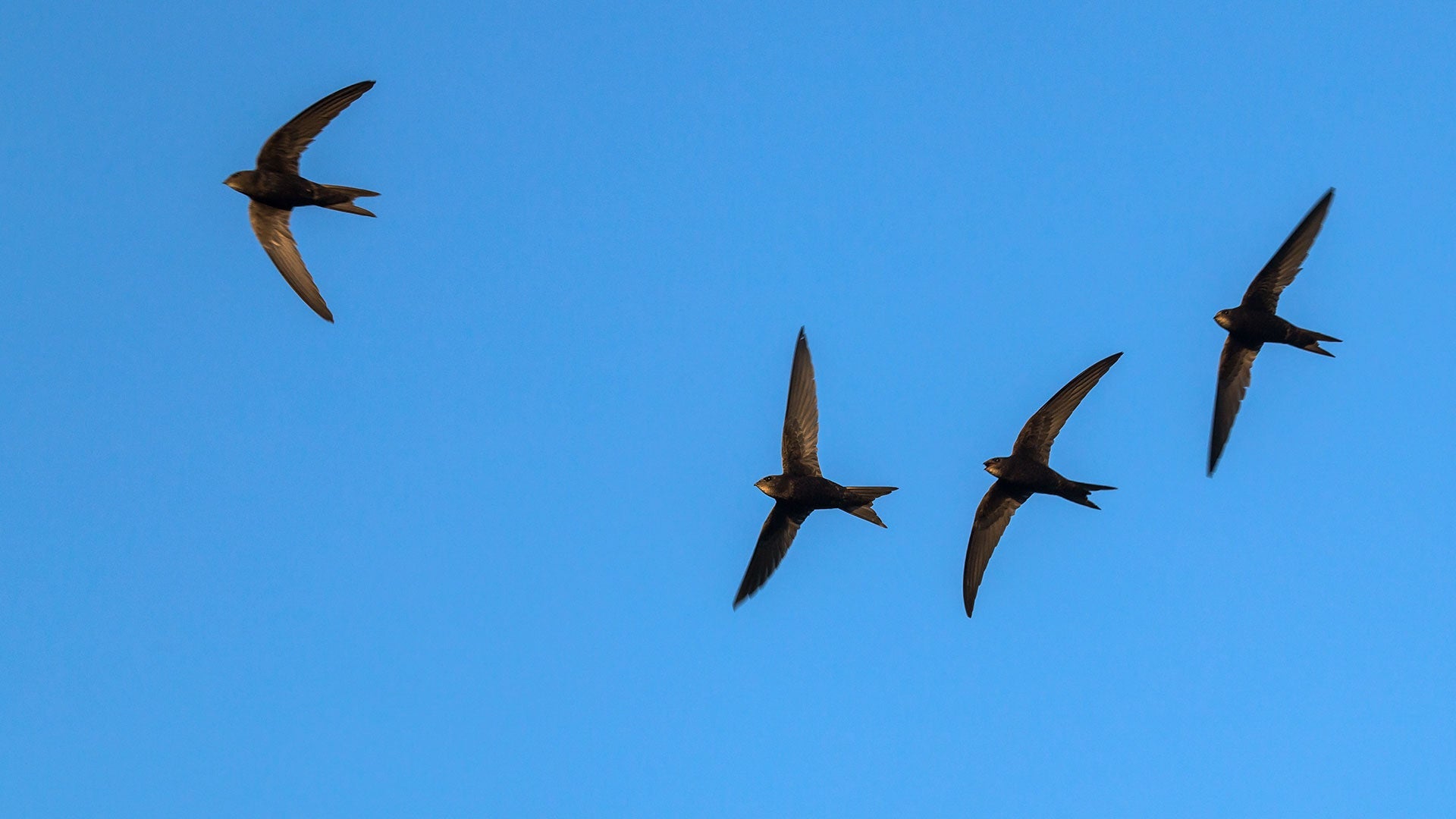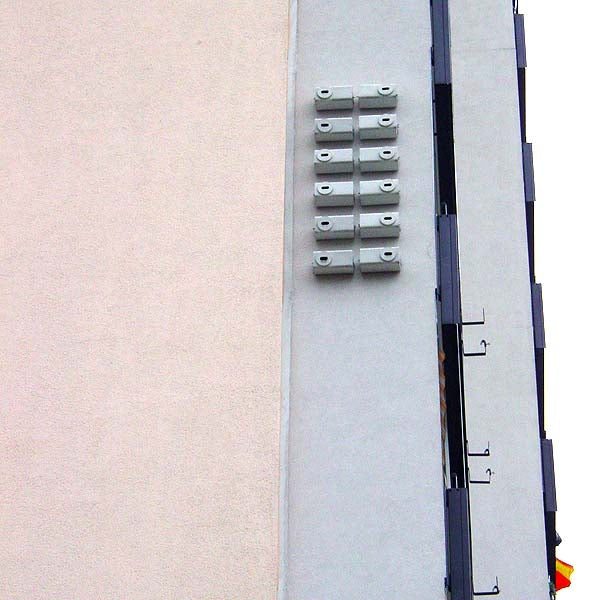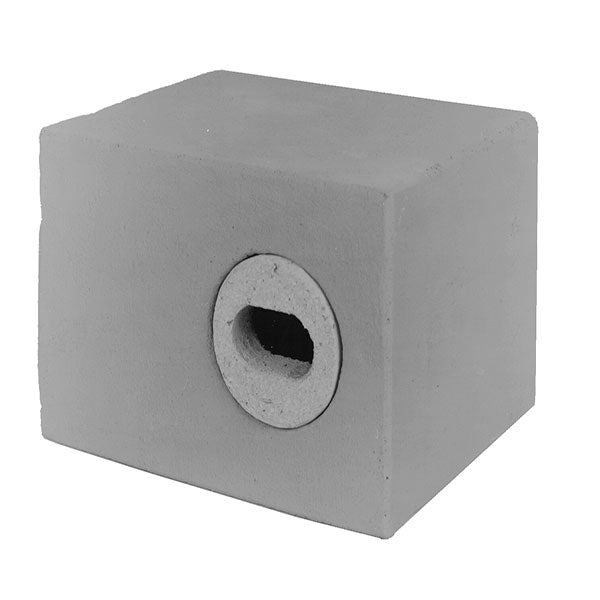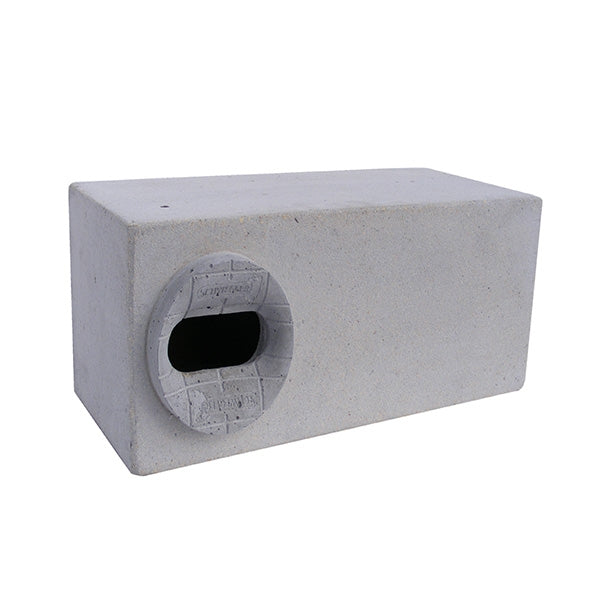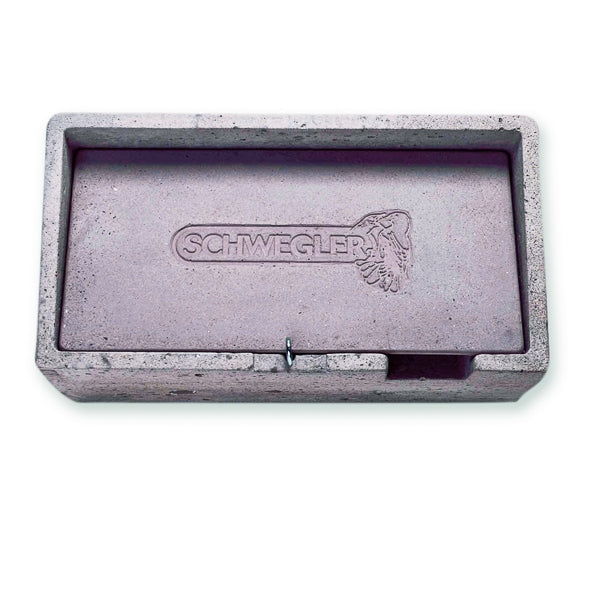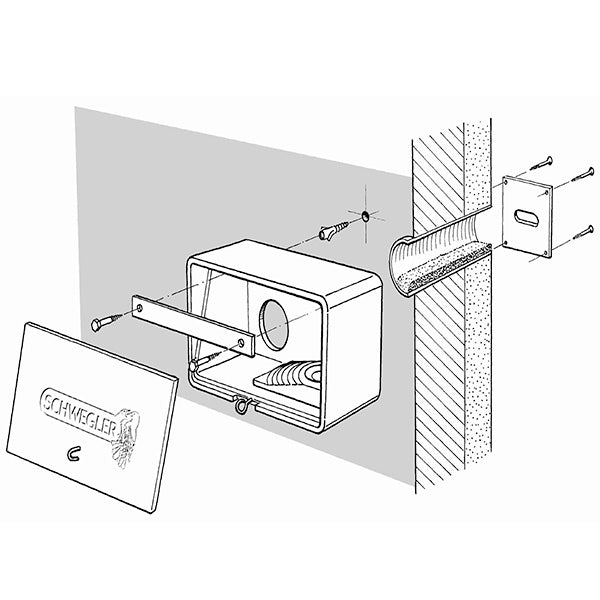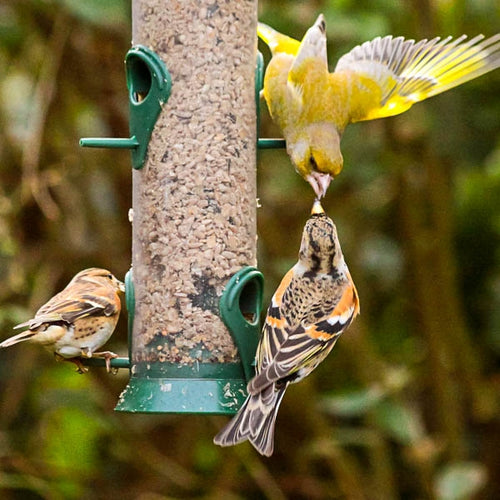-
Swift Nest Box
Swift Nest Box
- Regular price
- £45.95
- Sale price
- £45.95
- Regular price
-
- Protective: provides a safe home for this declining species
- Shelter: warm and comfortable, perfect for nesting
- Accessible: decline in traditional nesting sites, mean it`s important to provide shelter
-
Schwegler No. 17 Swift Nestbox
Schwegler No. 17 Swift Nestbox
- Regular price
- £87.99
- Sale price
- £87.99
- Regular price
-
- Lightweight models to mount on existing walls
- Popular option for swifts
- Well insulated and long lasting
-
Schwegler No. 25A Brick Box For Swifts, Enlarged Breeding Space
Schwegler No. 25A Brick Box For Swifts, Enlarged Breeding Space
- Regular price
- £99.99
- Sale price
- £99.99
- Regular price
-
- Suitable for common swifts
- Removable entrance hole for checking
-
Schwegler No. 25 Brick Box For Swifts
Schwegler No. 25 Brick Box For Swifts
- Regular price
- £63.99
- Sale price
- £63.99
- Regular price
-
- Suitable for common swifts
- Removable entrance hole for checking
-
Schwegler Lightweight Swift Box No. 1A
Schwegler Lightweight Swift Box No. 1A
- Regular price
- £69.99
- Sale price
- £69.99
- Regular price
-
- Made from durable Schwegler wood-concrete
- Ideal for installing on the external walls of all kinds of buildings
-
Schwegler 1MF Double Swift Box (double Chamber)
Schwegler 1MF Double Swift Box (double Chamber)
- Regular price
- £194.99
- Sale price
- £194.99
- Regular price
-
- Replaces loss of natural habitat
- Provides nest sites for this vulnerable species
- Simple to erect
-
Schwegler No. 18 Swift Box
Schwegler No. 18 Swift Box
- Regular price
- £97.99
- Sale price
- £97.99
- Regular price
-
- Made from durable Schwegler wood-concrete
- Highly effective installed under the eaves
- Easy to slide out for cleaning and inspection
-
Schwegler Wedge-Shaped Swift Box
Schwegler Wedge-Shaped Swift Box
- Regular price
- £269.99
- Sale price
- £269.99
- Regular price
-
- Designed for installation in roof areas
- Contains two separate nesting chambers
-
Schwegler No. 15 Swift Observation Box
Schwegler No. 15 Swift Observation Box
- Regular price
- £139.99
- Sale price
- £139.99
- Regular price
-
- Easy inspection
- Nest-mould which encourages nesting
-
Schwegler No. 16S Swift Box
Schwegler No. 16S Swift Box
- Regular price
- £99.99
- Sale price
- £99.99
- Regular price
-
- Sturdy construction, cleaning not required
- Swift Nest Box for installation on or in external walls
- With built in Starling barrier
-
Schwegler No. 16 Swift Nestbox
Schwegler No. 16 Swift Nestbox
- Regular price
- £99.99
- Sale price
- £99.99
- Regular price
-
- Easy cleaning, but not essential
-
Schwegler No. 17C Swift Box Double Cavity
Schwegler No. 17C Swift Box Double Cavity
- Regular price
- £159.99
- Sale price
- £159.99
- Regular price
-
- Very easy installation
- Can be placed on external walls of many different buildings
-
Schwegler No. 17B Swift Box With Enlarged Brood Chamber, Single Cavity
Schwegler No. 17B Swift Box With Enlarged Brood Chamber, Single Cavity
- Regular price
- £97.99
- Sale price
- £97.99
- Regular price
-
- Enlarged breeding chamber
- Easily opened for cleaning and inspection
-
Schwegler No. 17A Swift Nestbox Triple Cavity
Schwegler No. 17A Swift Nestbox Triple Cavity
- Regular price
- £229.99
- Sale price
- £229.99
- Regular price
-
- Sturdy, long lasting nest box ideal for colonies
- Three nest chambers for communal birds
- Supplied complete with fixings
-
Schwegler No. 14 Swift Observation Box With Access Tube
Schwegler No. 14 Swift Observation Box With Access Tube
- Regular price
- £176.99
- Sale price
- £176.99
- Regular price
-
- Easy and convenient cleaning via removable panel
- Nestbox is installed to the inside of an external wall
Showing 1-15 of 15 products
FAQs
Find answers to our most frequently asked questions.
If you cannot find the answer to your query within these FAQ’s please call our customer service team on free phone 0800 085 4865 between 9.00am – 5.00pm Monday to Friday and we’ll be happy to answer your questions.
Outside of office hours please compete the form on our Contact Us page and we will respond to your request within 4 hours of our return.
